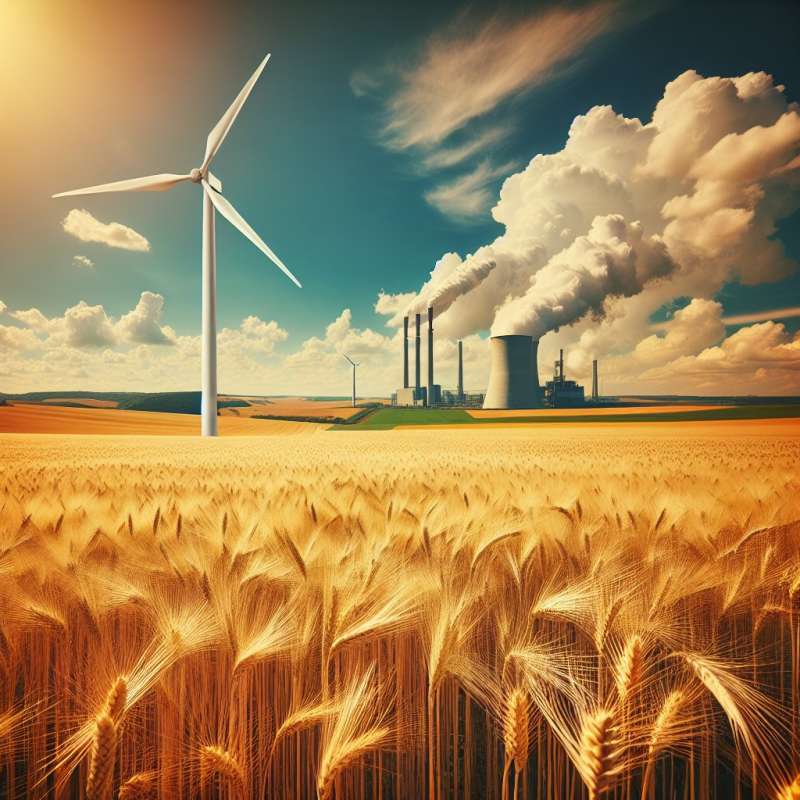
Fossil Fuels: An Overview
Fossil fuels, formed from ancient organic matter, are primary energy sources. Their formation took millions of years, requiring high pressure and temperature, transforming decayed plants and animals into coal, oil, and natural gas.
Types of Fossil Fuels
The three main types include coal, which is solid; oil, which is liquid; and natural gas, in a gaseous state. Each type has unique extraction methods and applications, ranging from electricity generation to transportation fuel.
Fossil Fuels and Carbon Cycle
Fossil fuels store carbon from an ancient Earth's atmosphere. Burning them for energy releases this carbon back into the atmosphere, disrupting the current carbon cycle, contributing to climate change and global warming.
Deep Time Extraction
The oldest known oil deposits are over 500 million years old, from the Cambrian Period. Extracting these ancient resources requires sophisticated technology, such as offshore drilling platforms and fracking techniques.
Global Dependency
Despite the rise of renewable energy, fossil fuels powered 84% of the world’s energy in 2021. This dependency underscores the challenge of transitioning to cleaner energy sources on a global scale.
Environmental Impact
Extraction and use of fossil fuels have vast environmental footprints. Oil spills, land degradation, water contamination, and air pollution are direct consequences, affecting ecosystems and human health.
Unburnable Reserves
To meet climate goals, scientists argue that most fossil fuel reserves must remain unburned. This includes an estimated 80% of coal, 50% of gas, and 30% of oil reserves.
What transforms into fossil fuels?
Ancient organic matter
Modern biological waste
Plastic and synthetic materials
Company